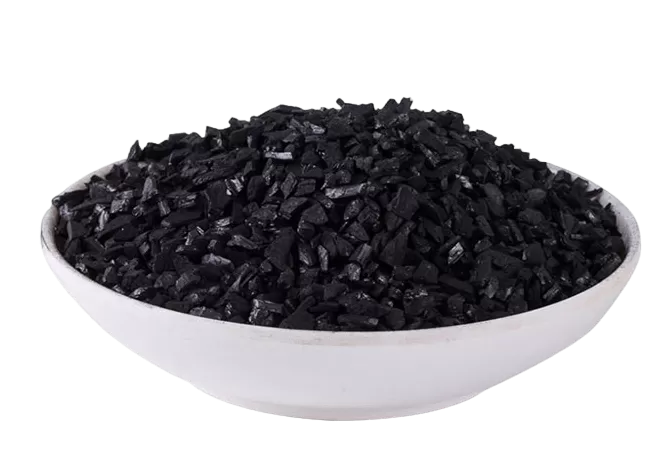Coconut shell activated carbon is made from high-quality coconut shells from Southeast Asia through advanced production processes, including carbonization, activation, and refining. This product is black amorphous particles, non-toxic and odorless, with the characteristics of well-developed pore structure, large specific surface area, strong adsorption capacity, and high strength. It is widely used in various fields such as purification treatment of various types of water, gold extraction, catalysts and their carriers, cigarette filters, fish farming, solvent recovery, air purification, as well as refining and decolorization, and decolorization and refining of monosodium glutamate, citric acid, and wines, etc.
Usage Method
·During transportation, activated carbon should be prevented from being mixed with hard substances and must not be stepped on, so as to avoid the breakage of carbon particles which may affect the quality.
·Storage: It should be stored as a porous adsorbent. Therefore, during transportation, storage and use, water immersion must be prevented. Because after water immersion, a large amount of water will fill the active pores, making it lose its function.
·Prevention of tar-like substances: During use, tar-like substances should be prohibited from entering the activated carbon bed to avoid blocking the pores of activated carbon and making it lose its adsorption function.
·Fire prevention: When storing or transporting activated carbon, direct contact with fire sources must be prevented to avoid fire. During the regeneration of activated carbon, oxygen intake should be avoided and the regeneration should be thorough. After regeneration, it must be cooled with steam to below 80℃; otherwise, if the temperature is high and it encounters oxygen, the activated carbon will spontaneously ignite.
Return
Chemicals for Sewage Plant
Coconut shell activated carbon
Coconut shell activated carbon is made from high-quality coconut shells from Southeast
Product consultation

